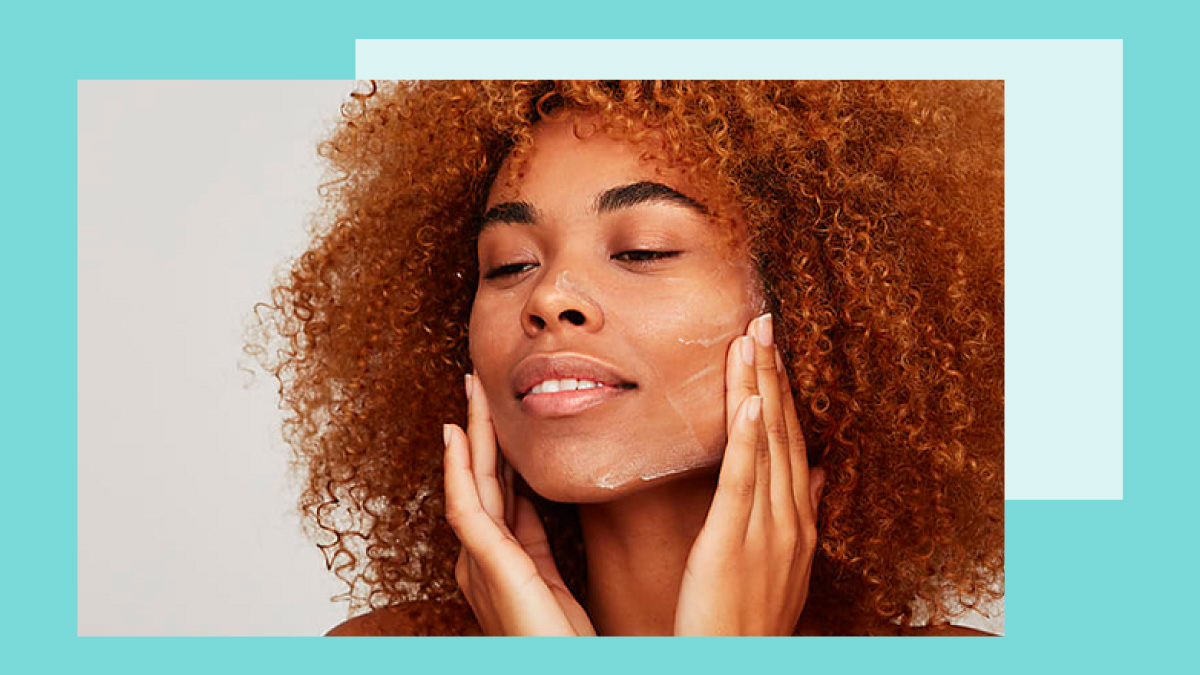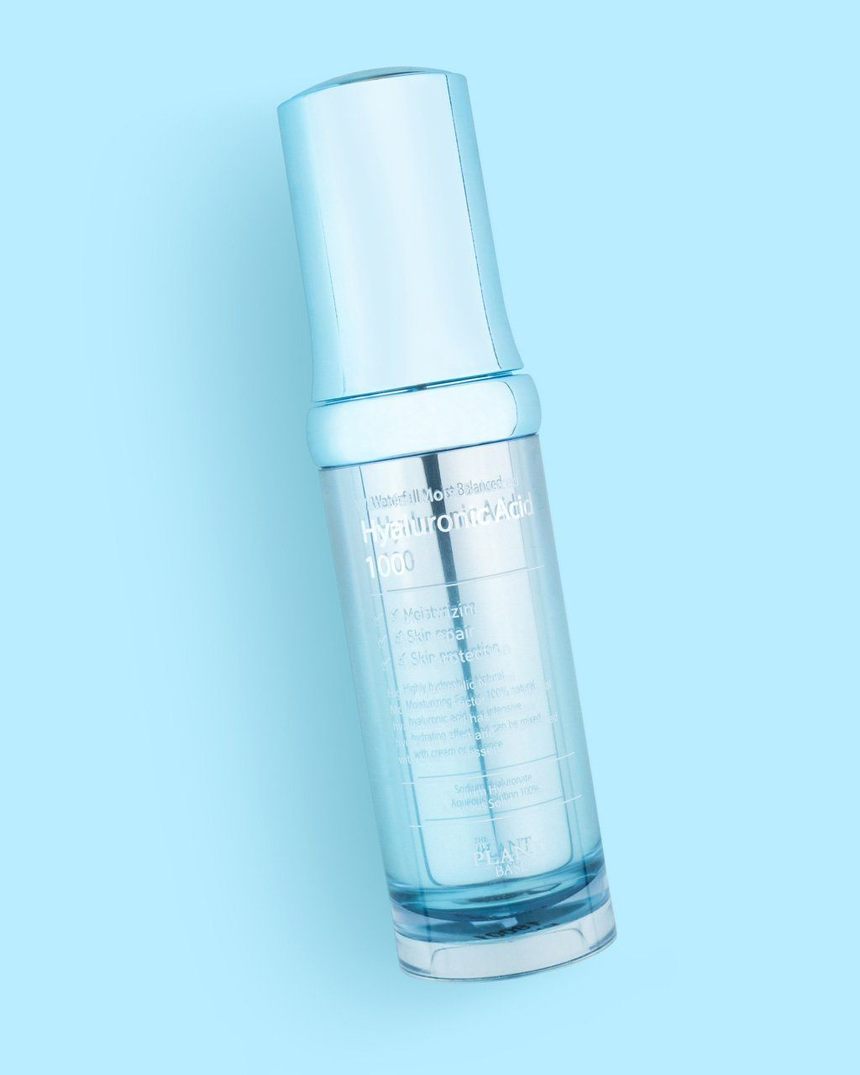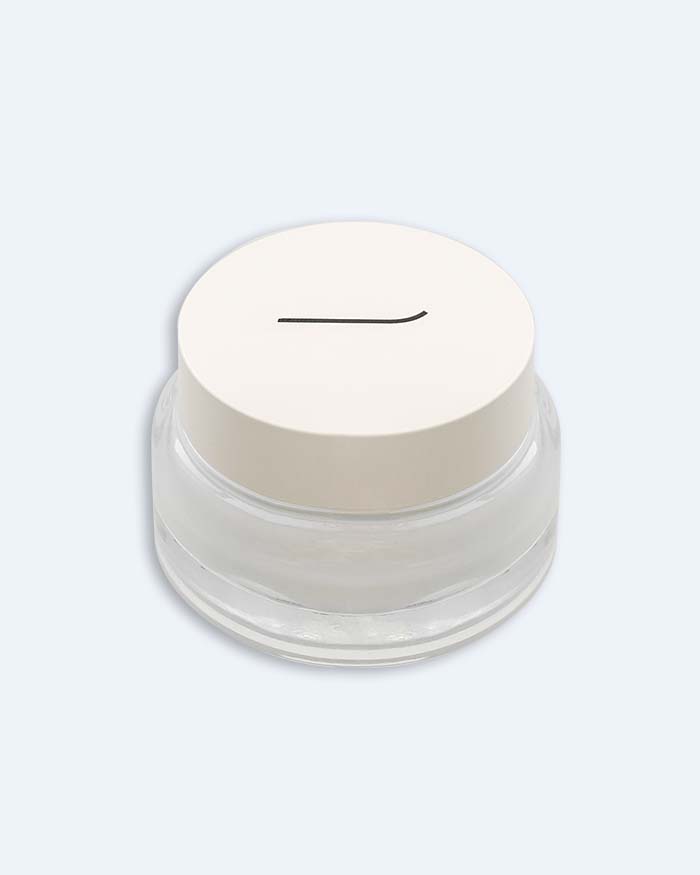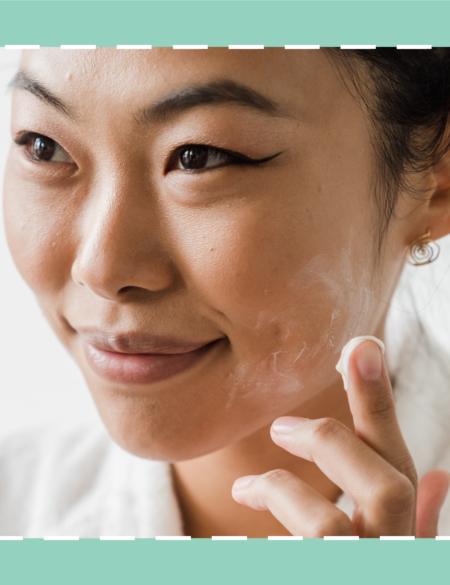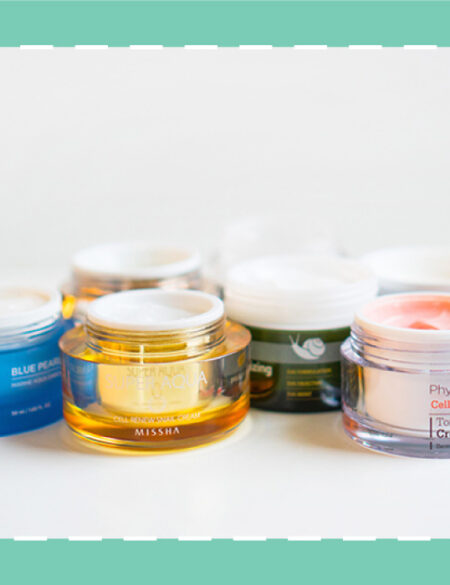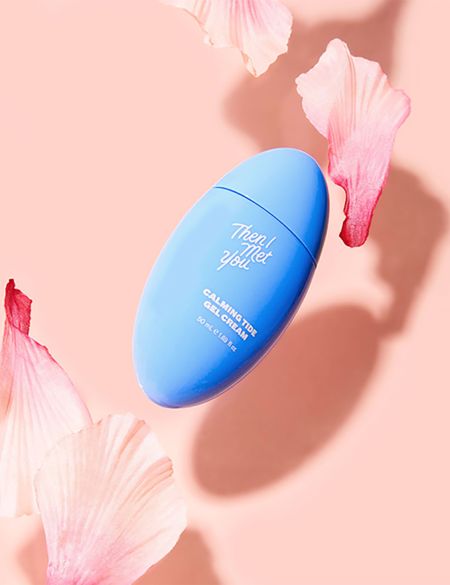One and done? Dermatologists share their thoughts on single-ingredient moisturizers, from olive oil to Vaseline.
We’re now at that point in the winter when there’s really no escaping dry and dehydrated skin. If your go-to moisturizer suddenly isn’t cutting it or you’re on the hunt for a natural, inexpensive skin solution, you may be considering incorporating products like petroleum jelly or coconut oil in their purest forms into your routine.
We’ve been having the same thoughts, so we asked two dermatologists to share their expert opinions on popular single-ingredient moisturizers and the pros and cons of applying them straight-up.
RELATED: I Used Baby Lotion as a Moisturizer for 2 Weeks and Here’s What It Did to My Skin
Olive Oil
“Olive oil is a light moisturizer which anyone can use on the face,” says Dr. Adarsh Vijay Mudgil, a board-certified dermatologist based in New York. “Less is more – a few drops are all you need.”
In addition to its hydrating properties, the oil – it’s best to use organic extra virgin olive oil on the face – is also rich in antioxidants that protect against environmental damage.
Hyaluronic Acid
You won’t find pure hyaluronic acid already stocked in your kitchen or bathroom cabinet, but we have it on the list because it’s a solid option for those looking to use products with minimal ingredient lists.
“It’s a great moisturizer as it pulls a lot of water and most people tolerate it very well,” says Susan Bard, MD, another New York City-based board-certified dermatologist.
The Plant Base Waterfall Moist Balanced Hyaluronic Acid 100 contains 100% pure sodium hyaluronate, a form of the ingredient that better penetrates skin than others. Since the ingredient is a humectant and pulls moisture from skin to the surface, we always recommend applying an occlusive on top to prevent that moisture from evaporating into the air.
Petroleum Jelly (a.k.a. Vaseline)
“Petrolatum, [or petroleum jelly] is occlusive making it a heavy moisturizer ideal to lock in moisture in very dry skin,” says Dr. Bard. She does note that it’s very sticky so if the texture is an issue for you, a similar, non-sticky option is glycerin.
The ingredient also might be too much for oily or combination skin types. Hear about what happened when one writer with a breakout-prone complexion used Vaseline as a moisturizer here.
Coconut Oil
A couple of years ago, coconut oil was considered a miracle, do-it-all ingredient that could be slathered anywhere and everywhere. However, while it still has its place in one’s medicine cabinet as a body lotion or hair mask, it may not be the best facial moisturizing product for everyone.
Dr. Mudgil says he’s “not crazy” about the idea of applying coconut oil on the face as a moisturizer. “I’ve seen a lot of contact allergy in my practice from patients using coconut oil.”
Dr. Bard doesn’t recommend it to patients because the oil “has a high comedogenic [rating] which will lead to clogged pores.”
A better facial use for it may be as an oil cleanser to remove makeup and sunscreen.
Shea and Cocoa Butters
These formulas, says Dr. Mudgil, “have a comedogenic index of zero, meaning technically they should not clog pores.” Still, he says, “I’ve had many patients who have developed clogged pores using those products so it’s very patient dependent.”
Perhaps one explanation is that they’re very thick. For this reason, his advice is to use shea and cocoa butters to treat dry skin on the body and not the face.
If you do want to give either one a try as a facial moisturizer, start with a very small amount of product and apply as the last step in your routine.
Bottom Line
The products listed above could be miracle dry skin solutions for some, but they could also be recipes for breakouts for others. If you’re thinking of incorporating any of them into your routine, patch test and start small to see how your skin reacts before slathering the ingredient all over your face.
It’s also important to take the type of moisturizing agent an ingredient is into consideration. For example, petroleum jelly is an occlusive, meaning it sits on top of skin and serves to seal in moisture, but it doesn’t necessarily hydrate beyond the surface, so it’s best to apply an ingredient that’s a humectant (like hyaluronic acid) or an emollient first for best results.


